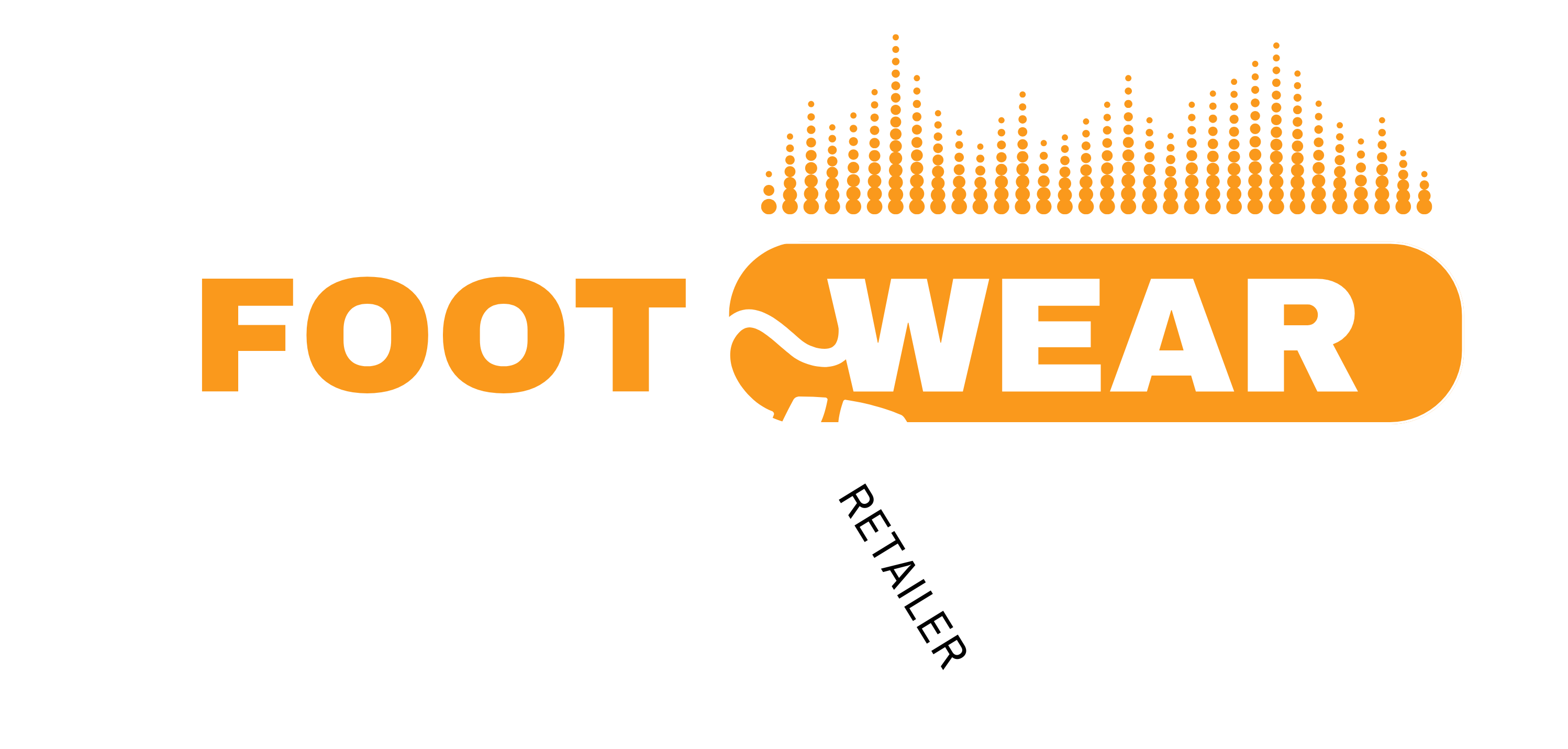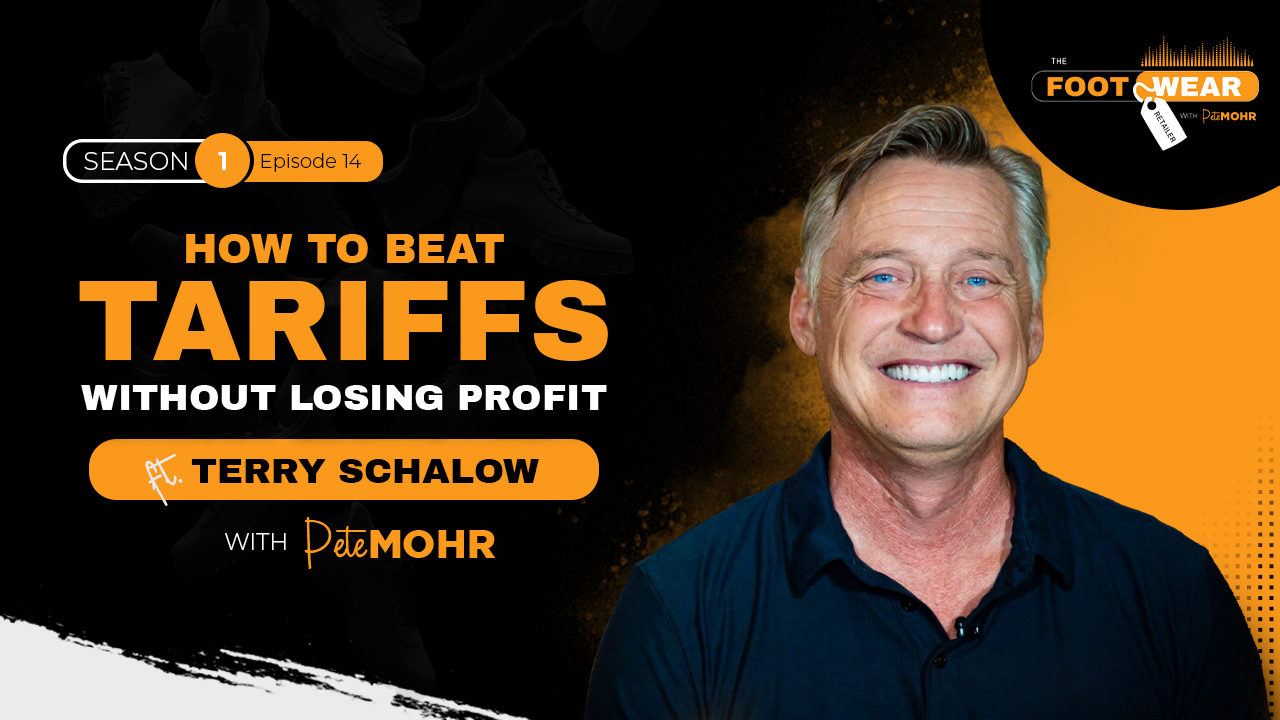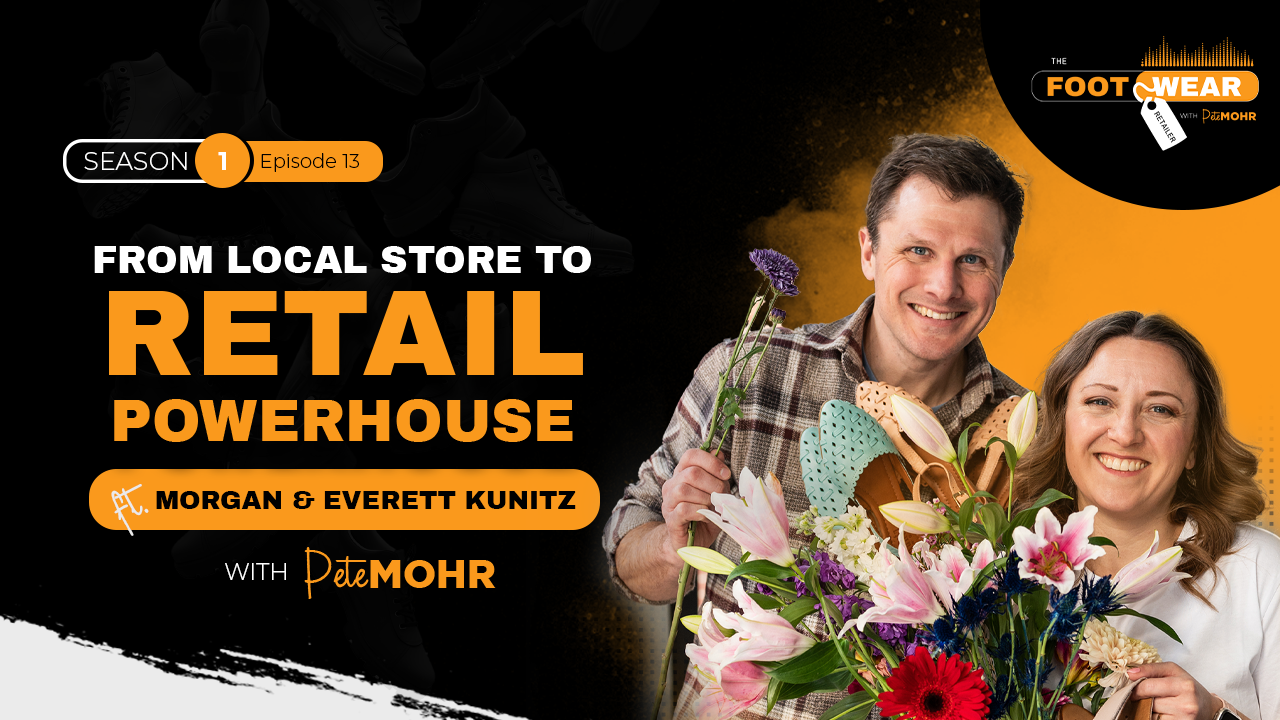Why Most Shoe Store Owners Are Too Busy to See the Bigger Picture (and What to Do About It)
If you’re like most independent footwear retailers, you’re knee-deep in the day-to-day—helping customers, managing inventory, working the floor, dealing with vendors. And while you’ve built something meaningful, you might not be thinking ahead to what’s next. But here’s the truth: you will exit your business one day. The real question is—will you do it on your terms, or will the decision be forced on you?
Whether it’s retirement, selling, passing it to the next generation, or facing an unexpected health event—planning your exit isn’t optional. It’s smart business. In this article, we’ll break down the real-world challenges shoe store owners face and reveal the systems, metrics, and mindset shifts you need to not only grow a healthy business—but one that’s valuable and sellable.
Let’s get into the strategies that make a business thrive, even without you in it.
Why Knowing Your Numbers is Non-Negotiable
You didn’t start your store to crunch numbers—but without understanding your KPIs, you’re flying blind. Many retailers leave the math to their bookkeeper or accountant. But to run (and someday exit) a successful store, you need to get hands-on with your metrics.
Metrics matter because they tell the story of your business—where it’s strong, where it’s leaking money, and what it’s truly worth. Profit isn’t just about what’s left over—it’s the foundation for your exit value. And most owners find out too late that they’ve been underreporting, underpricing, or undervaluing their business.
Quick Wins:
- Your store needs a dashboard: track margins, expenses, inventory turnover, and customer returns.
- Know your KPIs: average sale per transaction, accessory add-ons, markdown percentage, and recurring customer rate.
- Build systems to prove your profit: clean, clear financials increase your valuation.
Set Up Your Store to Run Without You
Here’s a hard truth: if your business can’t run without you, it’s not a business—it’s a job. And no one’s going to buy your job.
Too many retailers are the glue holding everything together. They do the buying, handle the books, and still unlock the doors each morning. But if your goal is freedom—either by selling, stepping back, or scaling up—your business has to run without you.
Start by identifying the roles in your store and mapping them to people, not titles. Then build processes that others can follow—without needing to call or text you every time something happens.
Quick Wins:
- Write down key job roles, not just titles.
- Train your team to own their responsibilities—and give them real authority.
- Test your systems: take a week off without stepping in.
Exit Strategy Starts the Day You Open
You don’t need to be ready to sell—but you do need to be building with the end in mind. That means keeping clean books, tracking profitability, and knowing what your business is worth (not just what you think it’s worth).
Start now by building your business like an investor. Ask: would I buy this store? Would I put my money here over stocks or real estate? If not, what needs to change?
Quick Wins:
- Know your EBITDA and seller discretionary earnings (SDE).
- Recast your financials yearly: remove personal expenses that lower your profit.
- Build a “quarterly check-in” habit to assess business value and alignment.
Inventory Truths: It’s Worth Less Than You Think
Inventory is often the sticking point in sales. Most store owners carry inventory at cost, but buyers see it for what it is: depreciated, sometimes stale, and not always aligned with market demand.
If you want to sell inventory with your store, you need realistic valuations. Understand what your stock is actually worth and keep it clean, organized, and updated.
Quick Wins:
- Don’t overvalue your inventory—it’s only worth what someone will pay for it.
- Keep best-sellers in stock and clear dead inventory regularly.
- Tie markdowns and shrinkage to specific metrics and targets.
Loyalty, Recurring Revenue, and Building Long-Term Value
Many shoe retailers don’t realize they have recurring revenue. But every time a customer returns for their go-to shoe, that’s predictable, repeatable business. And that has serious value.
Focus on increasing customer lifetime value, gathering data, and creating systems that keep people coming back—not just for products, but for the experience.
Quick Wins:
- Track your returning customer rate—aim for 60%+ annually.
- Develop loyalty programs, personalized email marketing, and service touchpoints.
- Stock proven “franchise” products that drive repeat business.
Define Accountability, Not Just Job Titles
Handing off a title is easy. Giving someone full ownership of results? That’s harder—but way more powerful.
Instead of job titles, think in terms of accountability. Who owns sales? Who owns buying? Who owns marketing? The goal isn’t just to “assign work”—it’s to empower your team to own outcomes.
Quick Wins:
- Use accountability charts, not just org charts.
- Build clarity with three core metrics each person is responsible for.
- Create space for your team to lead—and back them with coaching and feedback.
The Dashboard Mindset: Lead from Metrics, Not Mayhem
When your business runs from dashboard—not daily chaos—you can lead, plan, and step away without panic. This mindset isn’t just for large operations. Even single-store retailers can create systems that drive performance without needing the owner to micromanage.
Quick Wins:
- Identify 5–10 key metrics that run your business.
- Share 3 core KPIs with each team member based on their role.
- Review your business performance quarterly, just like your financials.
Final Thoughts: Your Store Is More Than a Job—It’s an Asset
You’ve built something real. But if it depends on you showing up every day, it’s not really a business—it’s a job with a long to-do list. Let’s change that.
Whether you want to grow, scale, or sell—these principles help you create freedom, value, and peace of mind. Your business should serve you, not the other way around.
To start building a business that’s worth buying:
- Know your numbers and manage to them.
- Build systems and delegate with clarity.
- Think like a buyer, not just an owner.
- Create loyalty, consistency, and data-driven decisions.
- Check in quarterly and plan with the end in mind.
And remember—you’re not in this alone. With the right systems, support, and structure, your footwear business can deliver the life and exit you’ve worked so hard to create.





0 Comments